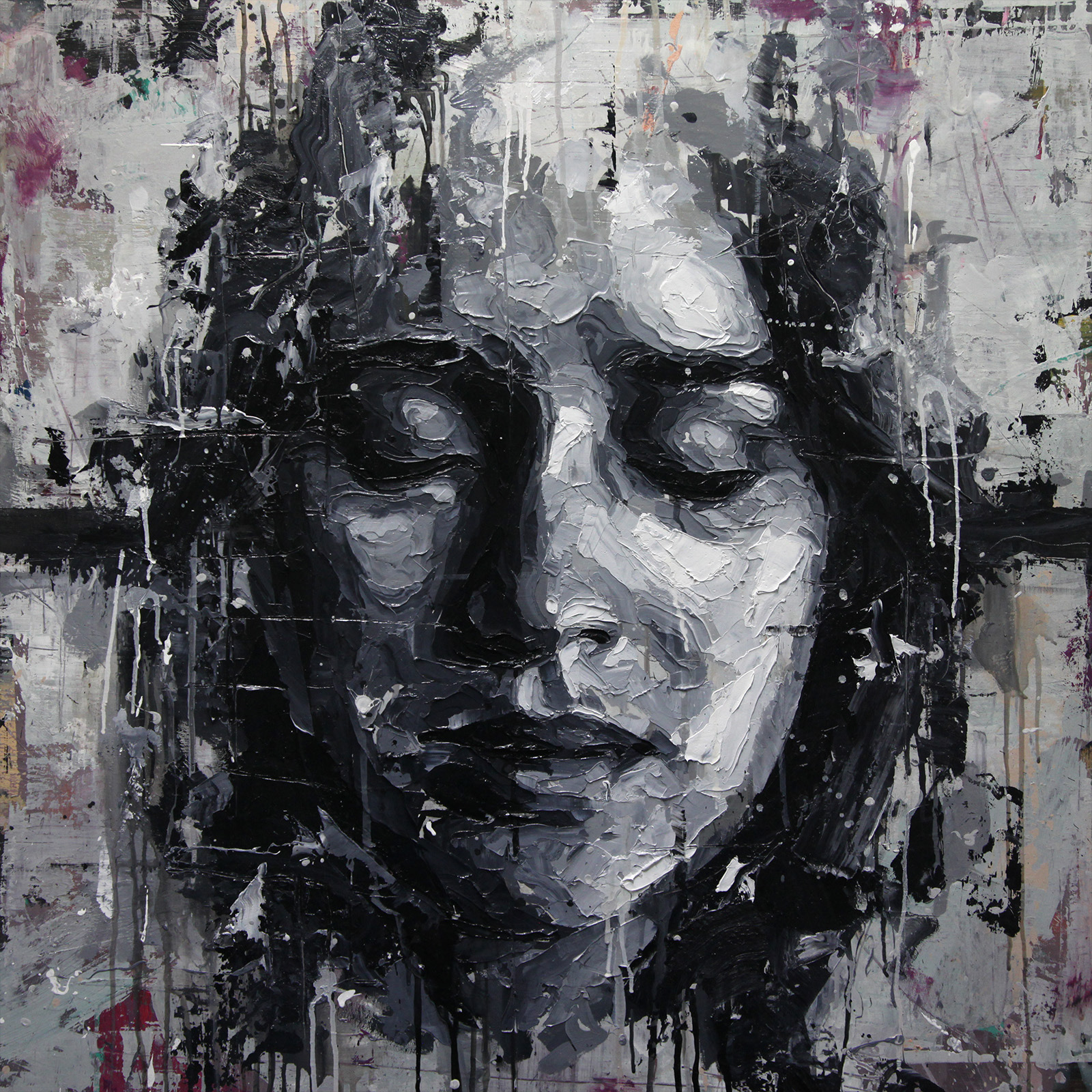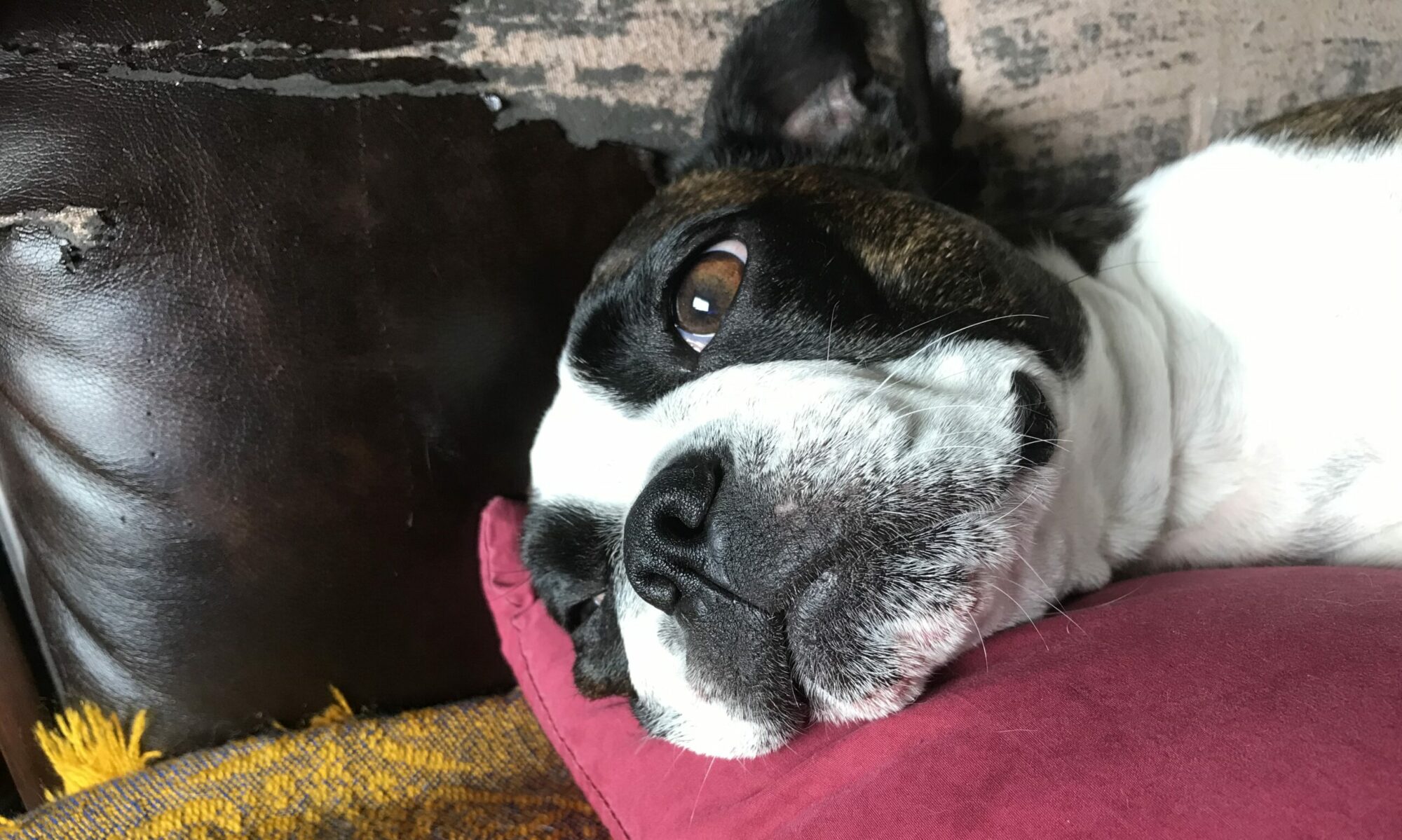Unit 1 Assignment A :Abstract Collaged Composition & Cropped Details
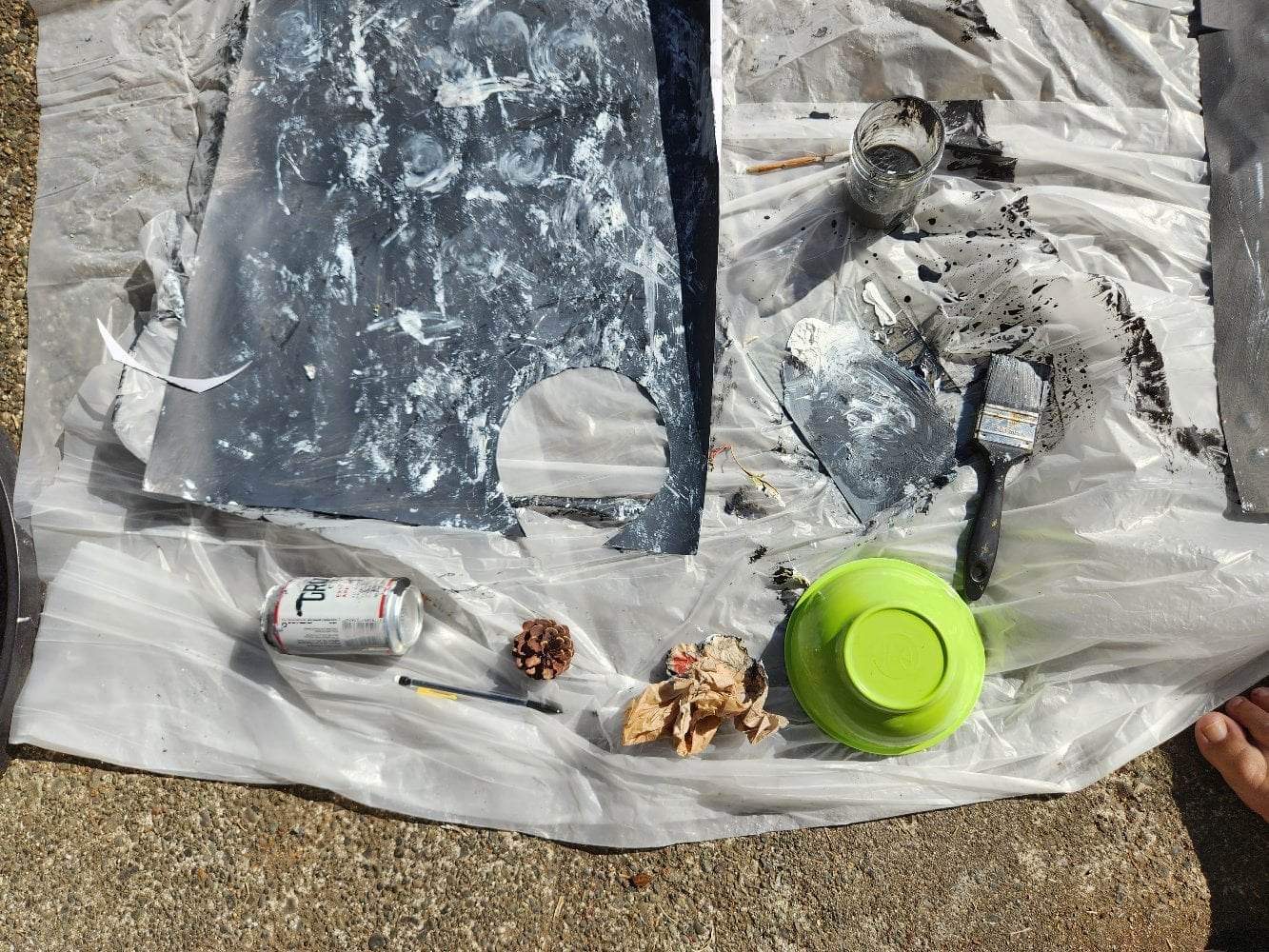
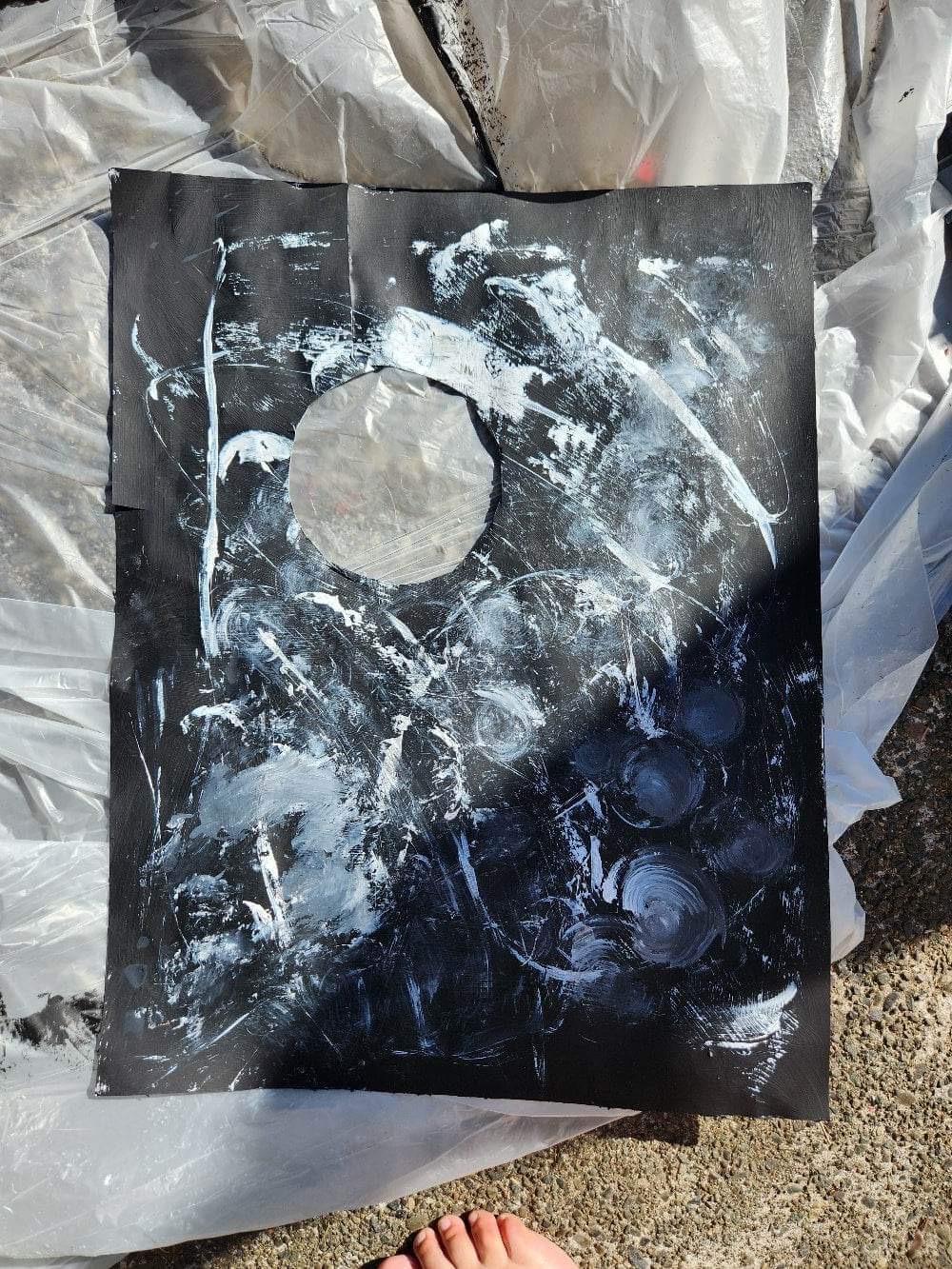

Final Abstract Collage
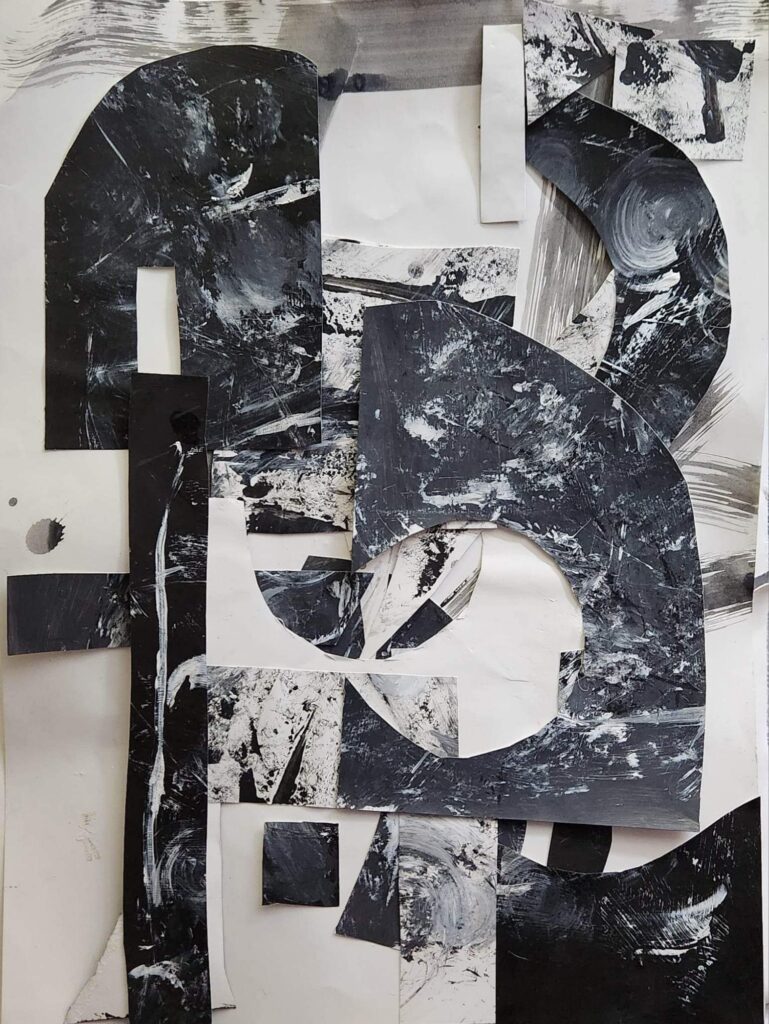
UNIT 1- Assignment B :Value and the Grey Scale



Unit 1 – Assignment C: Artist Research
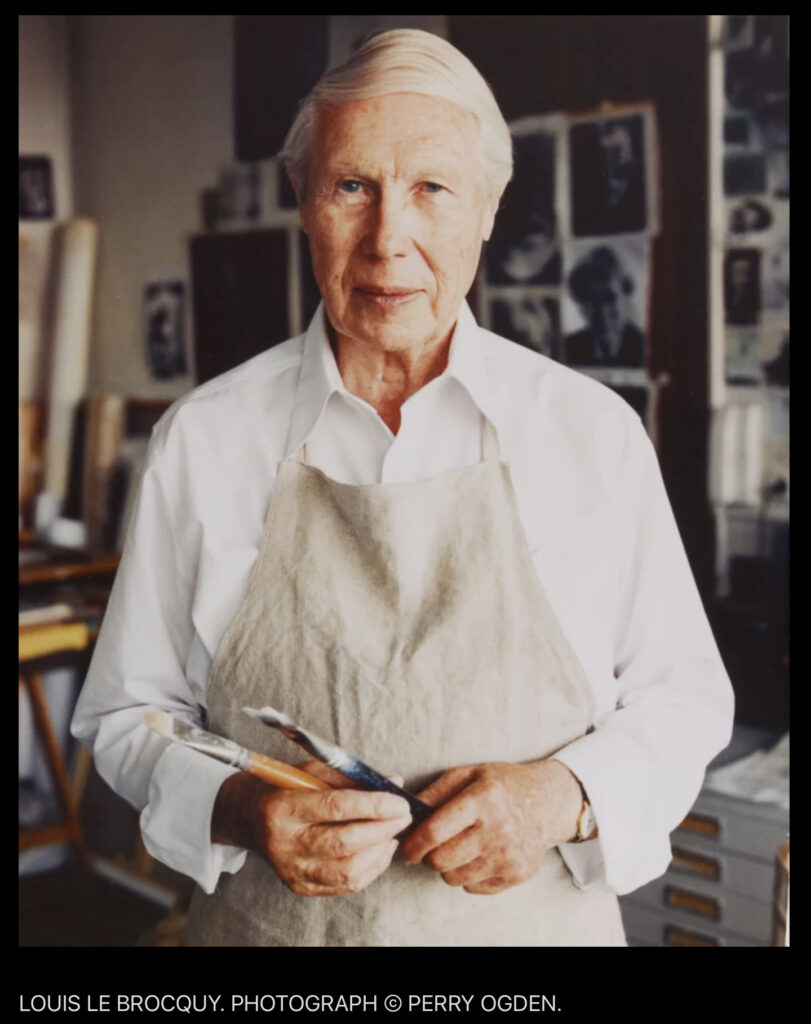
Louis Le Brocquy
“When you are painting, you are trying to discover, to uncover, to reveal. I sometimes think of the activity of painting as a kind of archaeology – an archaeology of the spirit.”- Louise Le Brocquy , 1981
- Louis Le Brocquy was an Irish Artist born in Dublin in 1916, died 2012
- Studied Chemistry in Trinity College with Art as a side interest.
- Left Ireland in 1938 to study major European Art collections.
- This influenced his early work significantly , evident in his later work “homages to his Masters” featuring Velazquez, Goya, Cézanne and Manet.
- Established the”Irish Exhibition of Living Art” a “Salon des Refusés , after his work was rejected by the selection committee of the annual RHA
- Artistic skills included charcoal, oil, watercolour , tapestry and lithograph brush drawings.
- Created multiple versions of his subjects as he believed that single images couldn’t capture the complexities of human character and consciousness , and contended that the renaissance type portrait style is linear, further to creating various studies believed that is is circular , and evolving like the human spirit.
- Explores human consciousness, Individualism, conveying the inward aspects of his subjects, the isolation and power of the spirit and where it lies.
- This evolution of his thought process and ideals is evident through the various periods of work he produced.
- First period was inspired by his trip to Europe to explore Artists and paintings, where he began his Spanish inspired paintings.
- Second period evokes a Cubist style, his subject Irish ethnic group – Travellers.
- His grey period exploring the aftermath of WW11
- His white period established his figurative depictions of people as disembodied figures, isolated “presences”.
- After destroying 43 paintings in 1963 during a stage of stagnation, he began his Ancestral heads series.
- His final series payed homage to creatives he thought to be isolated by their genius and sought to show the isolation of the individual through his portraiture.
Through his documentation of his series of portraitures we can see his exploration of his subjects, and how they change as his understanding and personal knowledge of them develops. They’re like a visual biography and I find they show the inner spirit of people who were extremely insular in a way in which we would have never seen.
His ability to see the spirit and consciousness of these people – and to paint it is explorative in his own psyche too. His own opinion of these people, how he emulates them and reflects a certain idolisation of these incredible poets, painters, artists.
The images seem as if he is uncovering what is already there, revealing layers of their personalities through strong bold brushstrokes with almost an ethereal glow or mist surrounding them ; out of which they are evolving- or dissolving ?
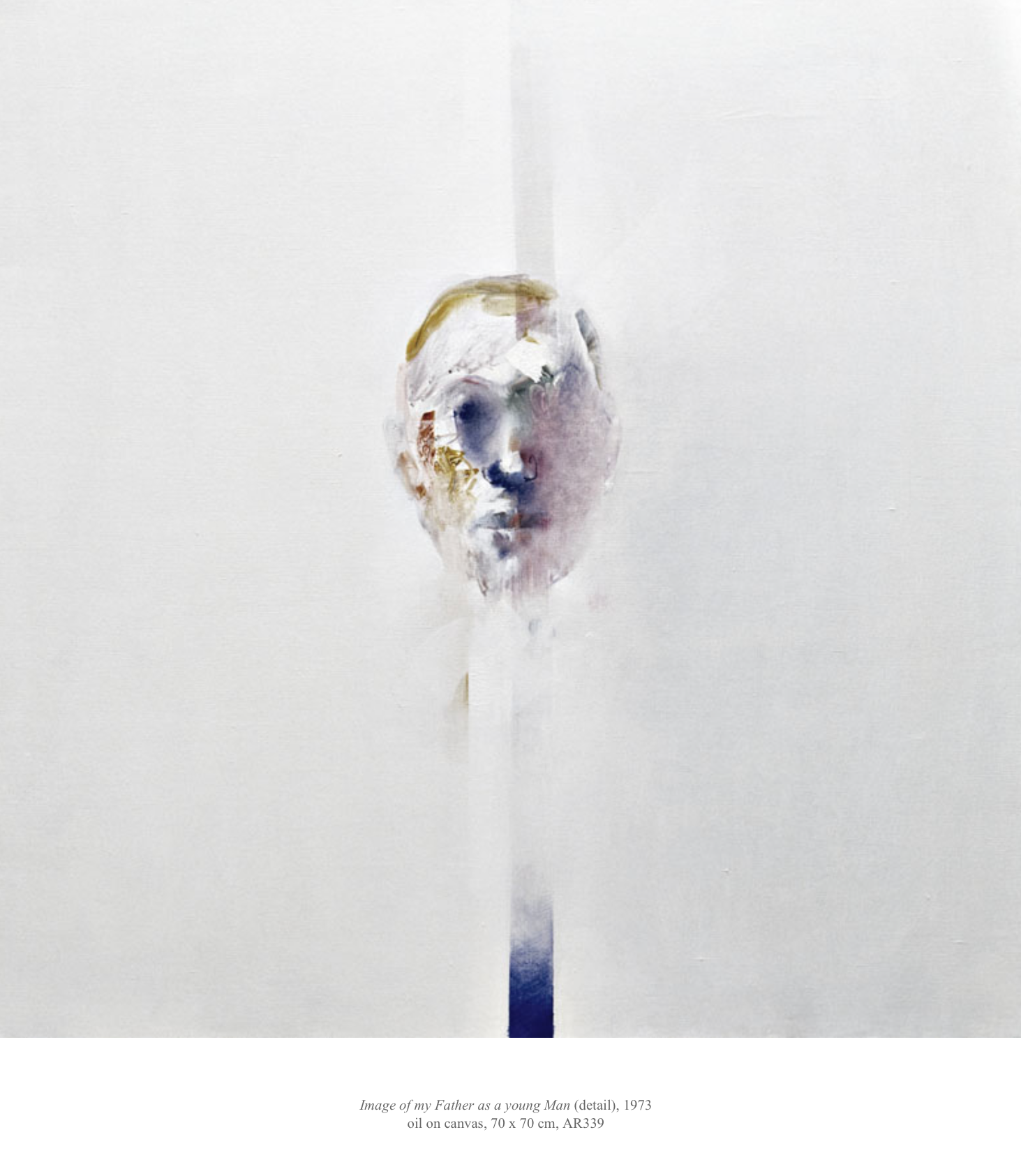
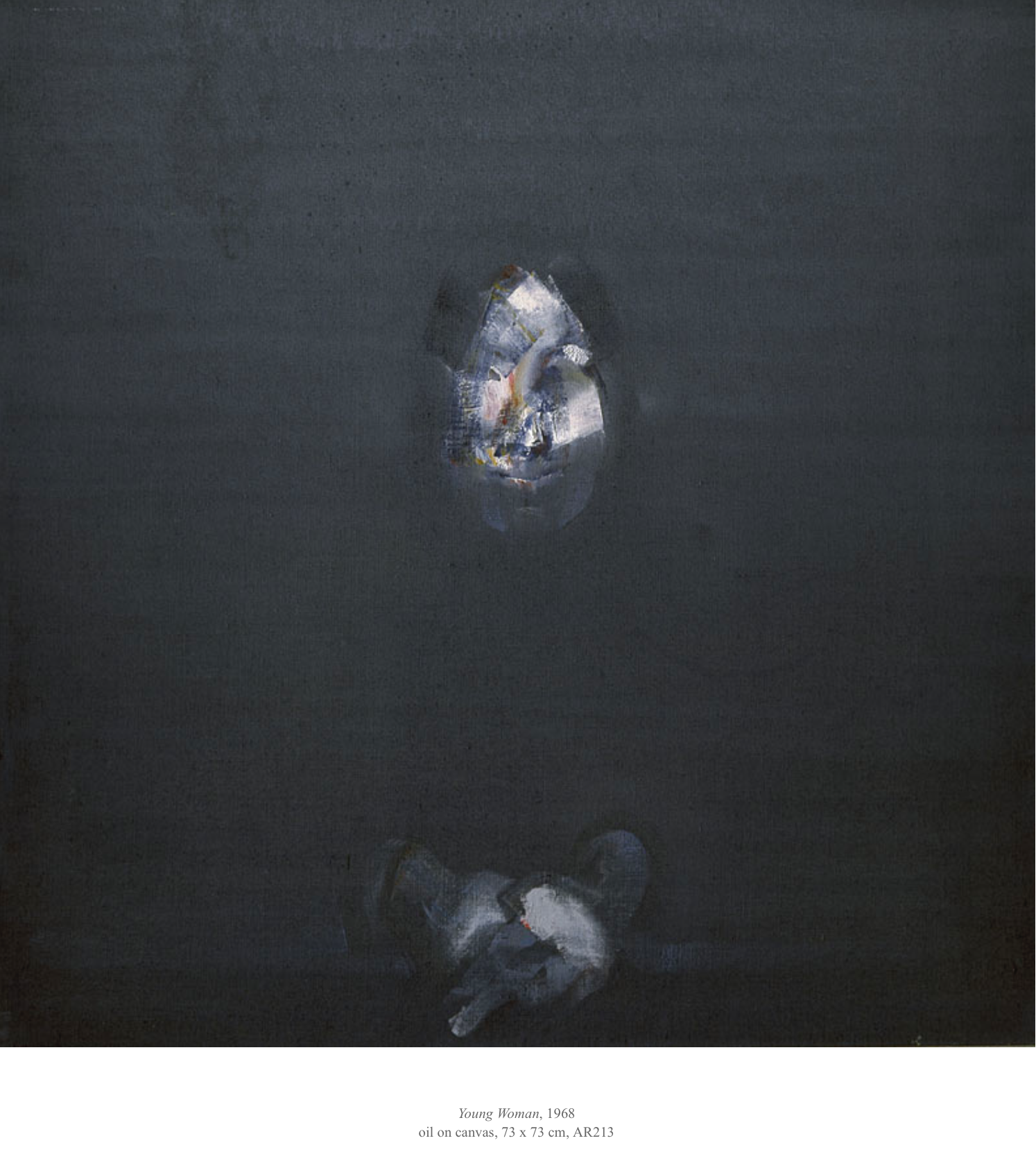
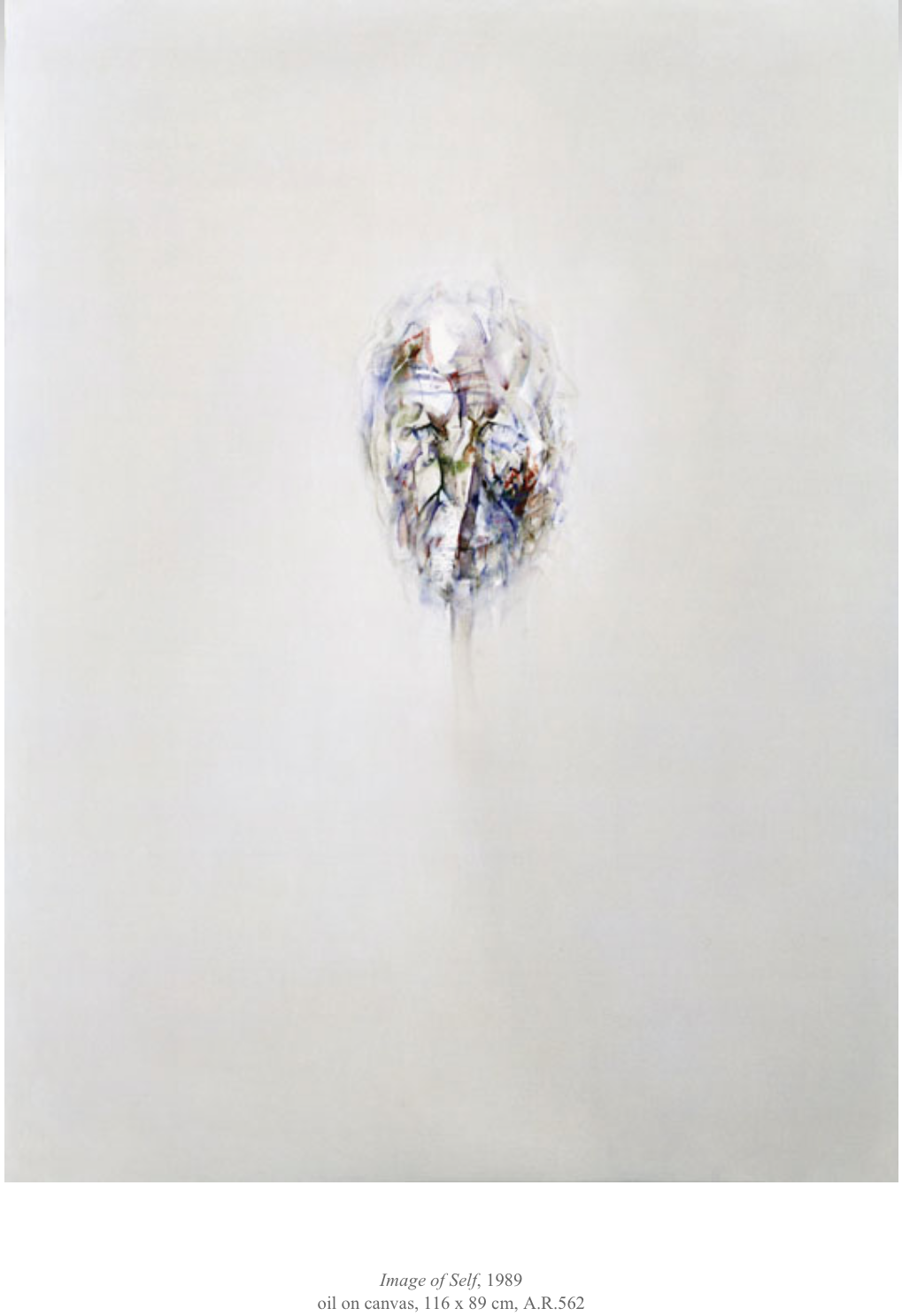
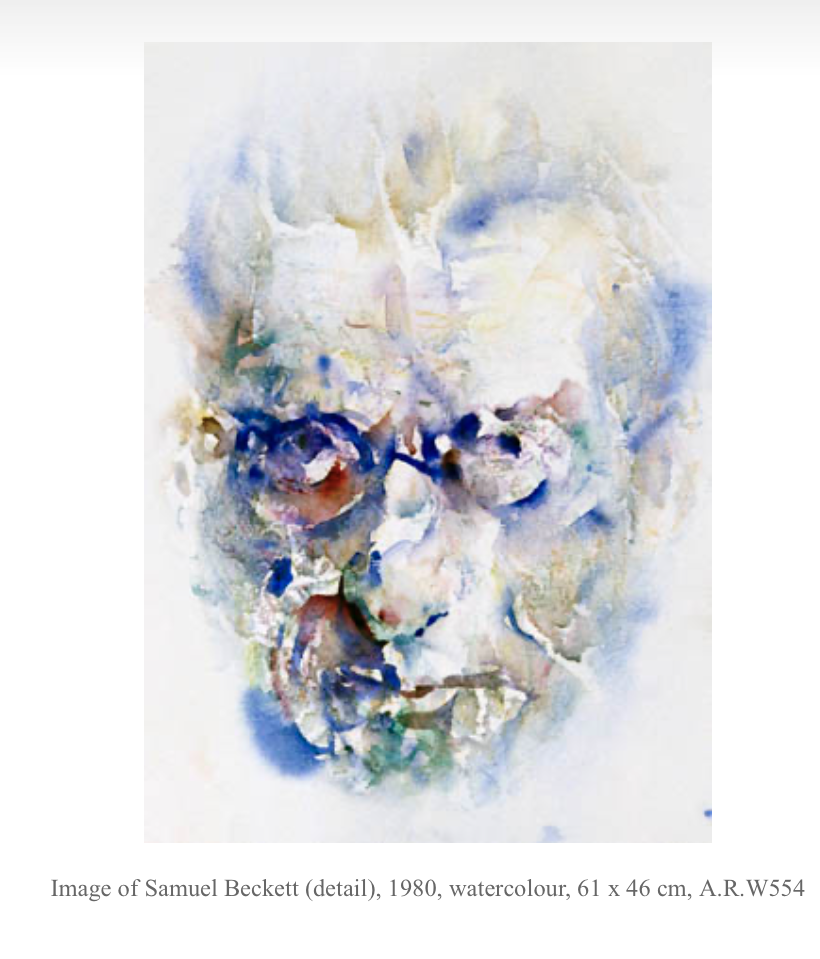
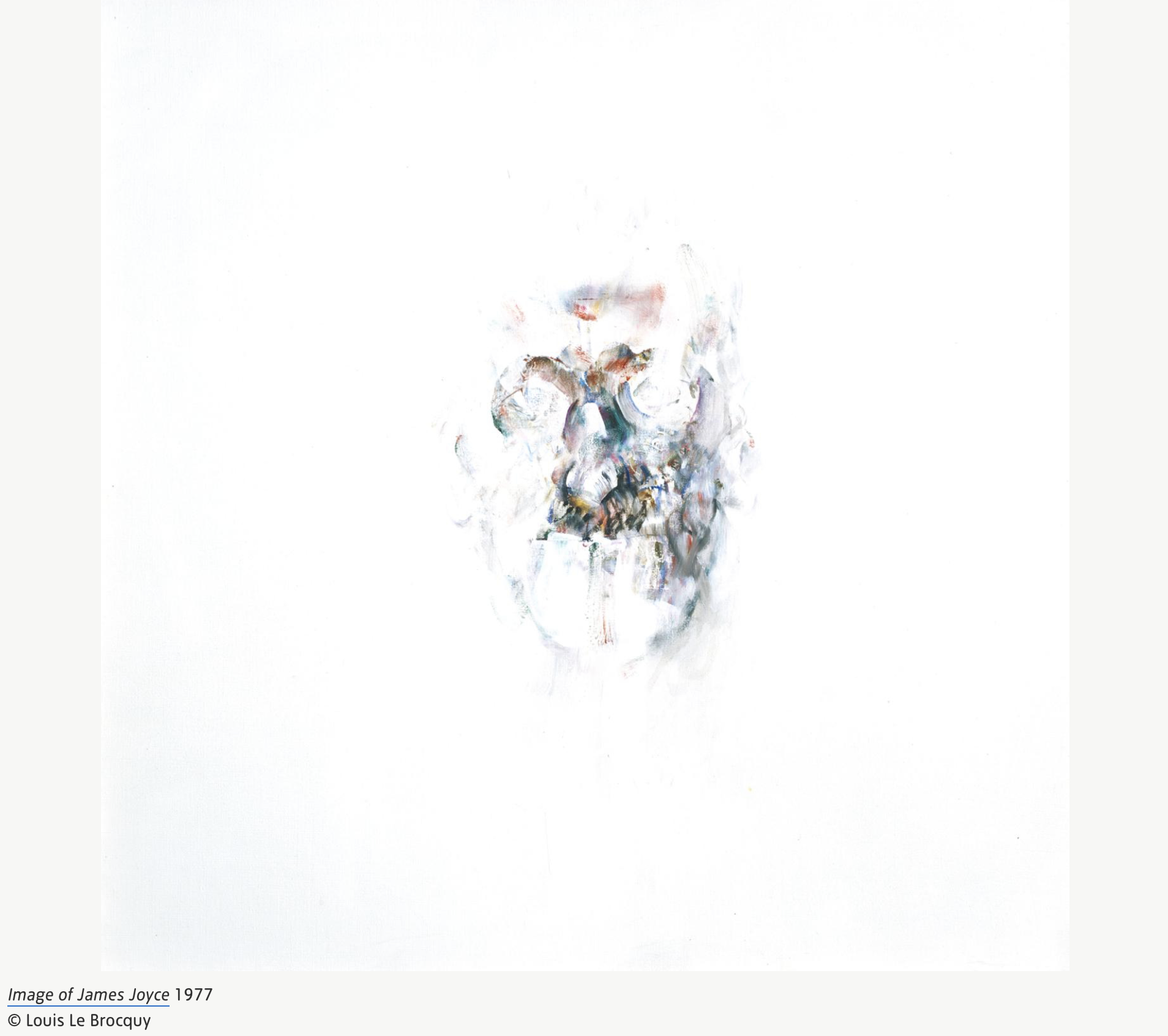

His Ancestral heads period came after an extremely tumultuous year for the Artist. In 1963 during a period of disappointment in his creativity, believing his painting to have become stagnant, he destroyed all 43 paintings he had made that year. They were to him a record of his materials almost destroying him, a record of his struggle. In the winter of 1964 he visited the “Musée de l’Homme “ a Parisian Anthropological Museum. Here he encountered an exhibit of Polynesian heads. The careful treatment and decoration of these skulls denoted a ritualistic adoration. The reconstructed ancestors head recognised the spirit within and created a connection between the hands of the Artist and the spirit of old which resides in them still.
In Celtic beliefs the head is a magic box that contains the spirit. To delve within the box was to connect to that ancestral knowledge and reveal the spirit within.
Le Brocquy brings these theories and knowledge into practise , displaying a new “laying of hands” and delving behind the faces of his subjects to show us the spirit beneath. This ritual connects him with the ancestral plains, and the ancient Artists of Ireland.
Swedish Gallery owner Per-Olov Borjesson commissioned a portfolio of 33 Aquatints of Nobel prize winners by International Artist. Choosing Irish literary figures and Artists including Samuel Beckett, Francis Bacon and W.B Yeats. He knew Yeats personally and when making the studies for his aquatints he tried to represent his insular personality and genius. This is where his mind shifts from linear representation to that of an ever growing, flowing, circular series as he found it impossible to represent the deepness of Yeats psyche in one painting. I find his thought process and process of exploration and mark making incredible.
He began his Art journey through moving, shifting perspective, which I believe he did through various periods in his life- white period inspired by the Mediterranean white washed walls, Ancestral heads spoke to him through Polynesian ancestors connecting him to his own.
I remember seeing my first paintings when I was younger with my sister in at IMMA in Dublin. Having such simplistic but symbolic and spiritually deep images were something even as a child I remember. Ideations and thought processes I couldn’t understand but on some unconscious level I connected to it , understood it.
I definitely understand the struggle with your materials and that sense of defeat that consumes you. consciously or unconsciously we know instinctively what the spirit needs. Connecting to that ”spirit in a magic box”
In the words of Irish singer \songwriter Christy Moore – “Move along, get along, go, move, shift”
https://www.sothebys.com/en/articles/louis-le-brocquy-a-giant-of-20th-century-irish-art
https://www.tate.org.uk/art/artists/louis-le-brocquy-1480
https://www.anne-madden.com/LeBPages/lebrocquy.html
Unit 1 – Assignment D: Portrait
Self portrait practice test
For my tools to do my self portrait with I chose: face mask and tampon and non dominant hand
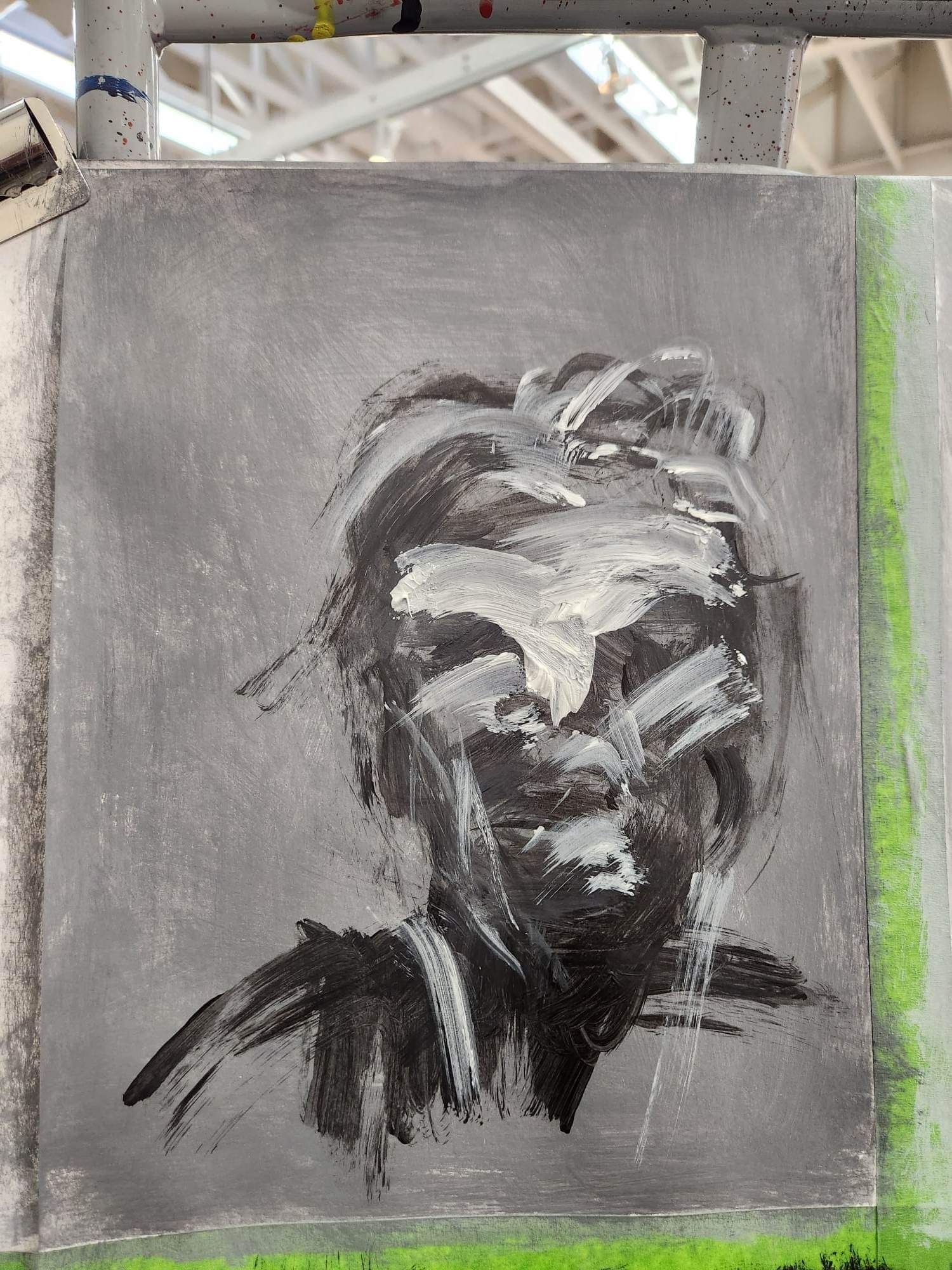

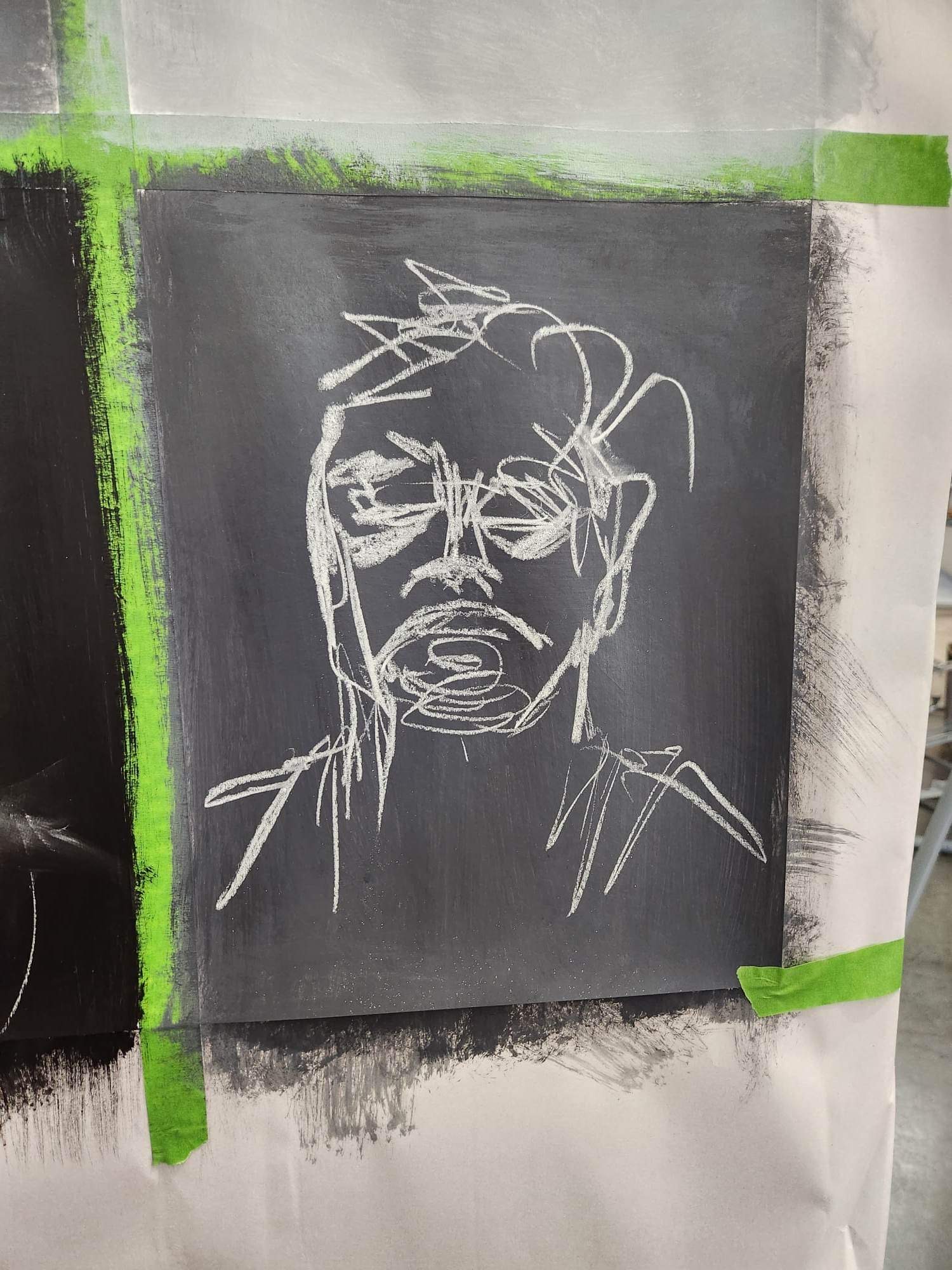
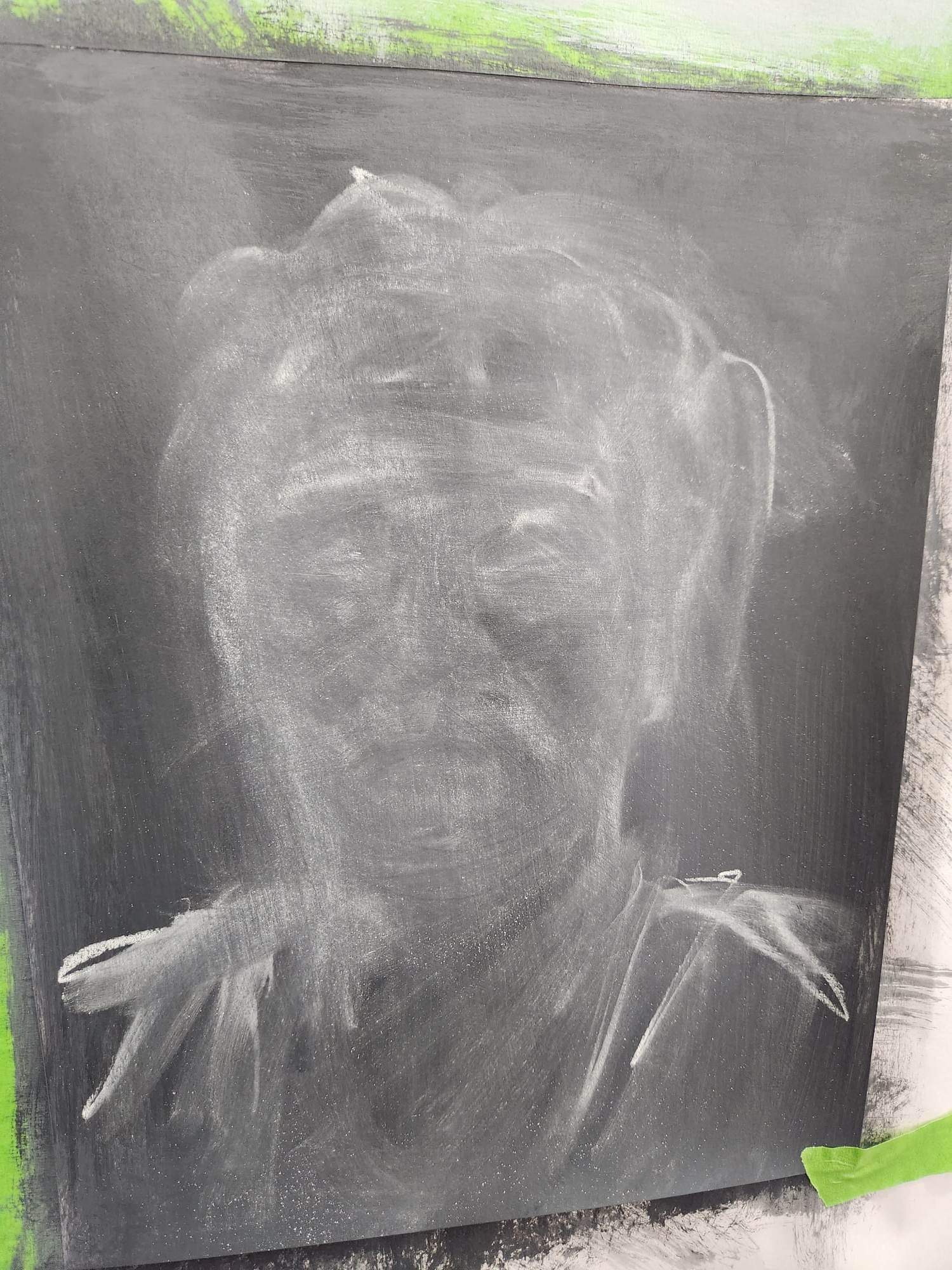
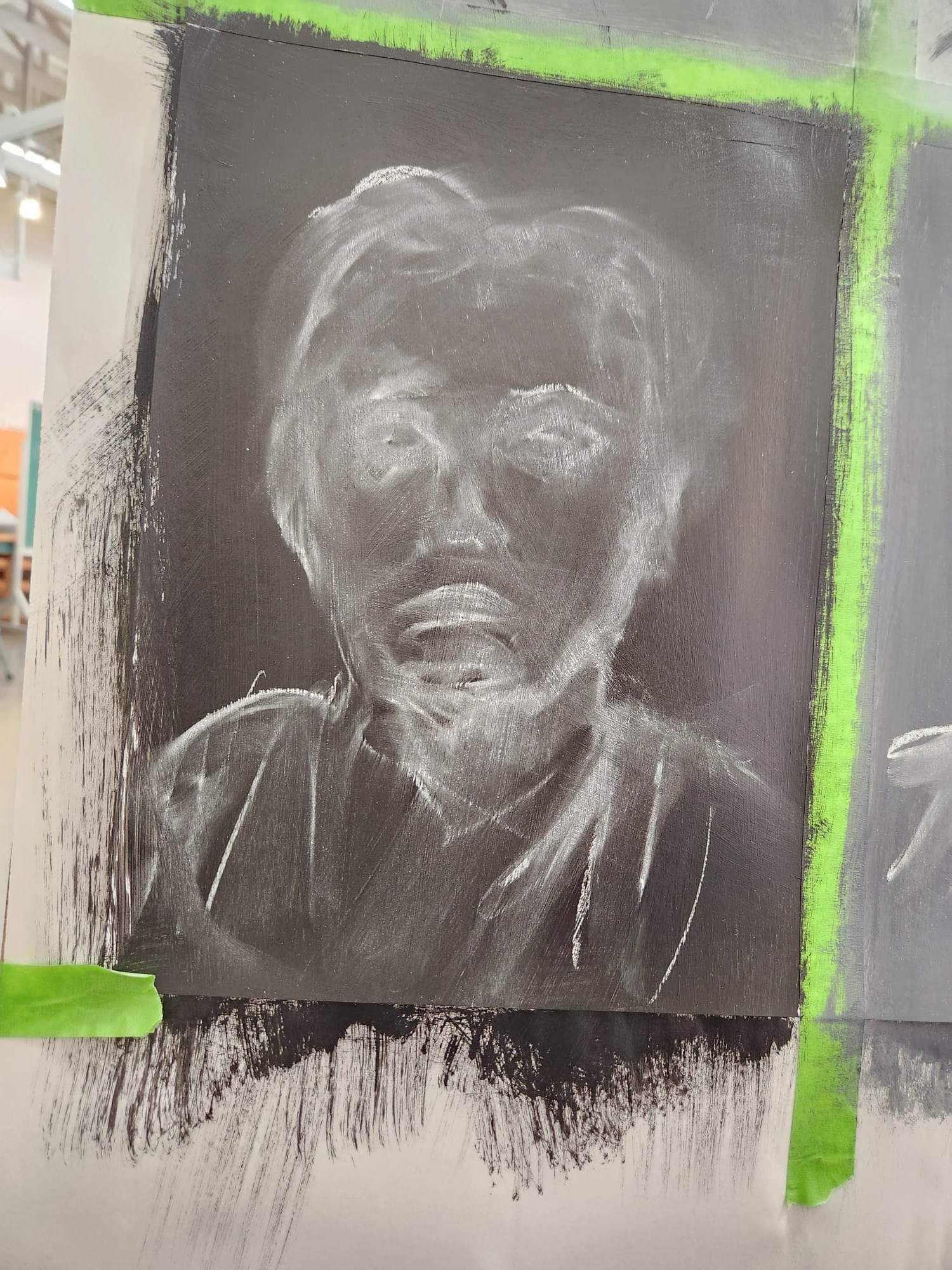
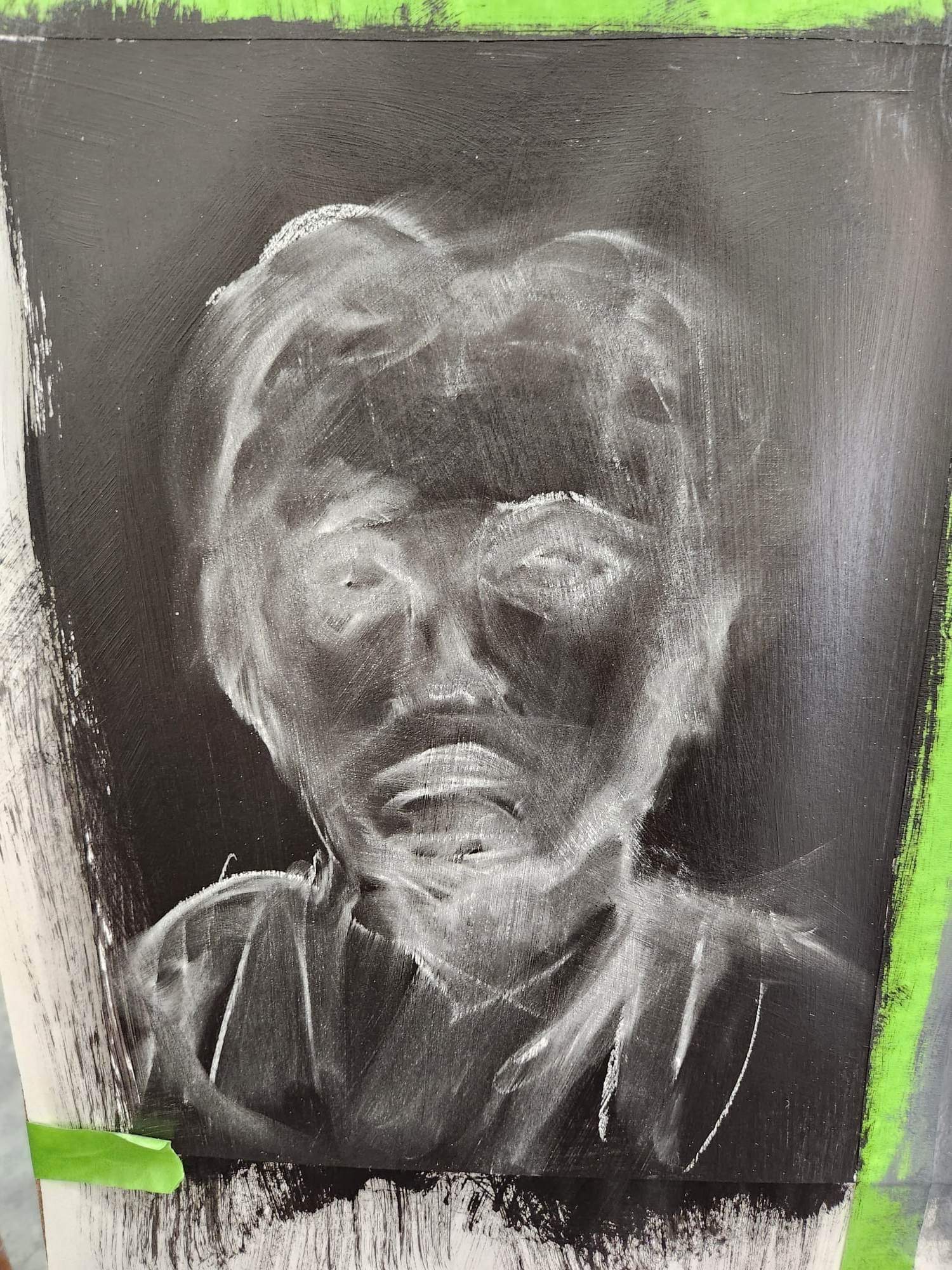
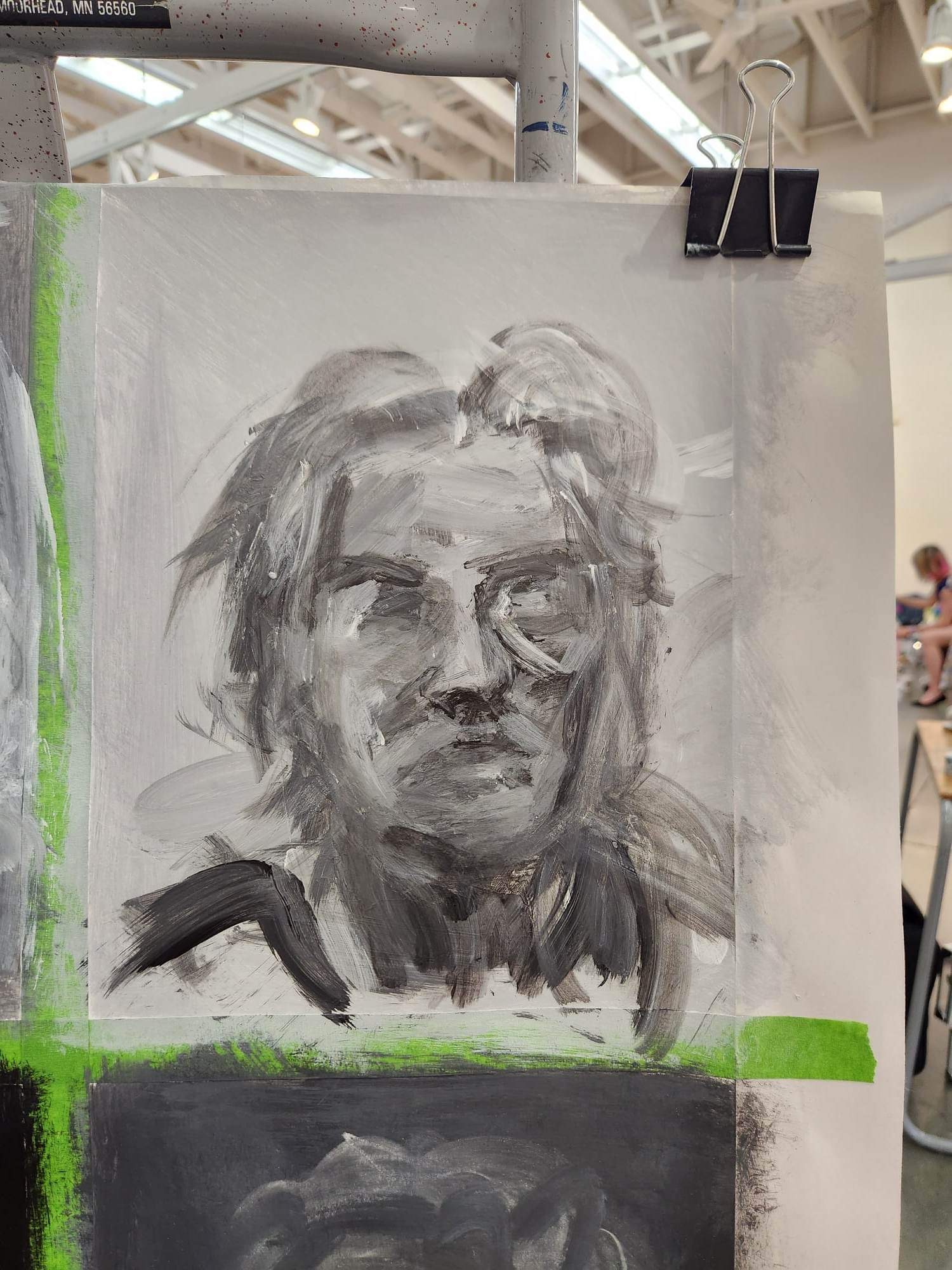

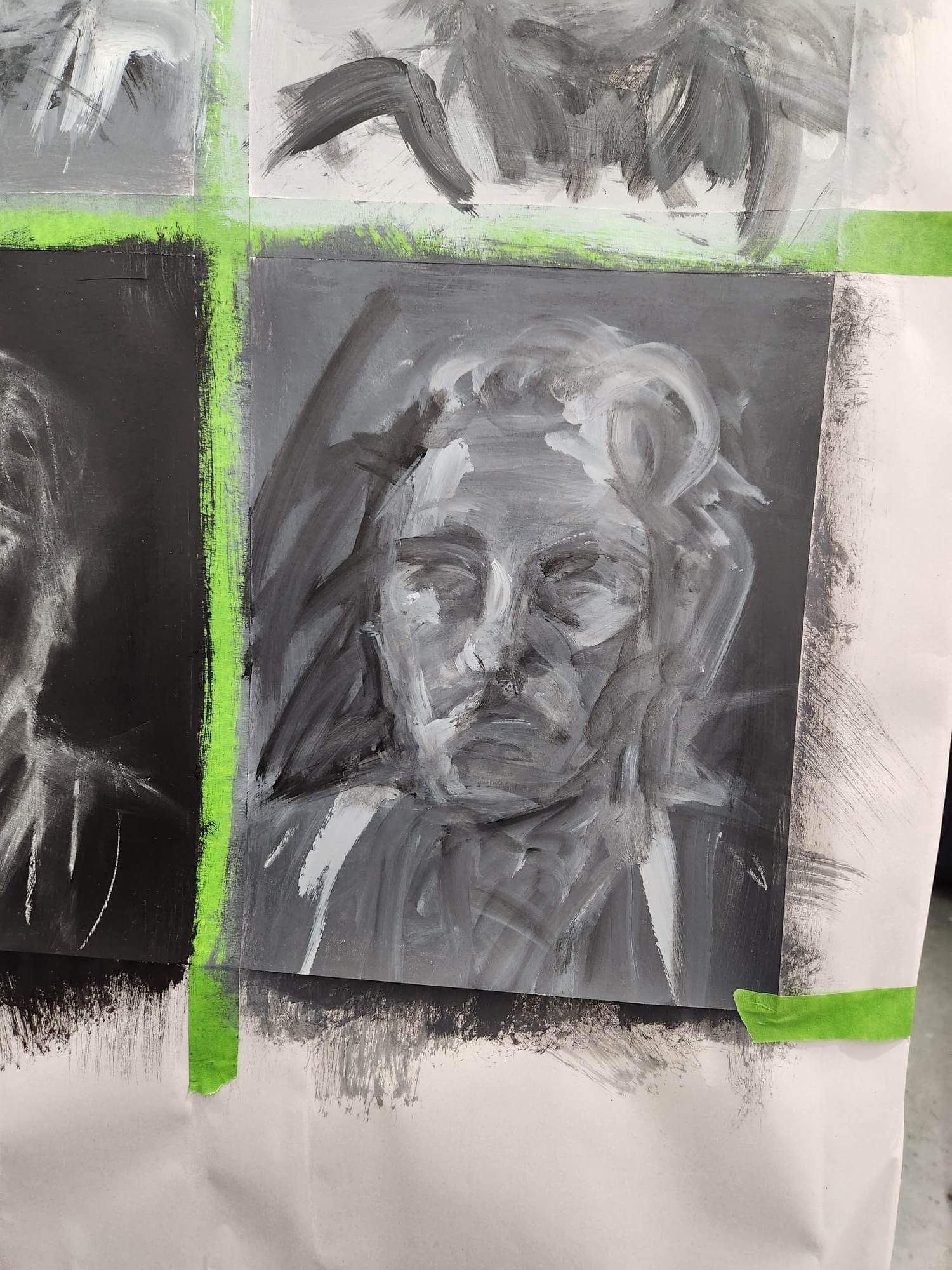
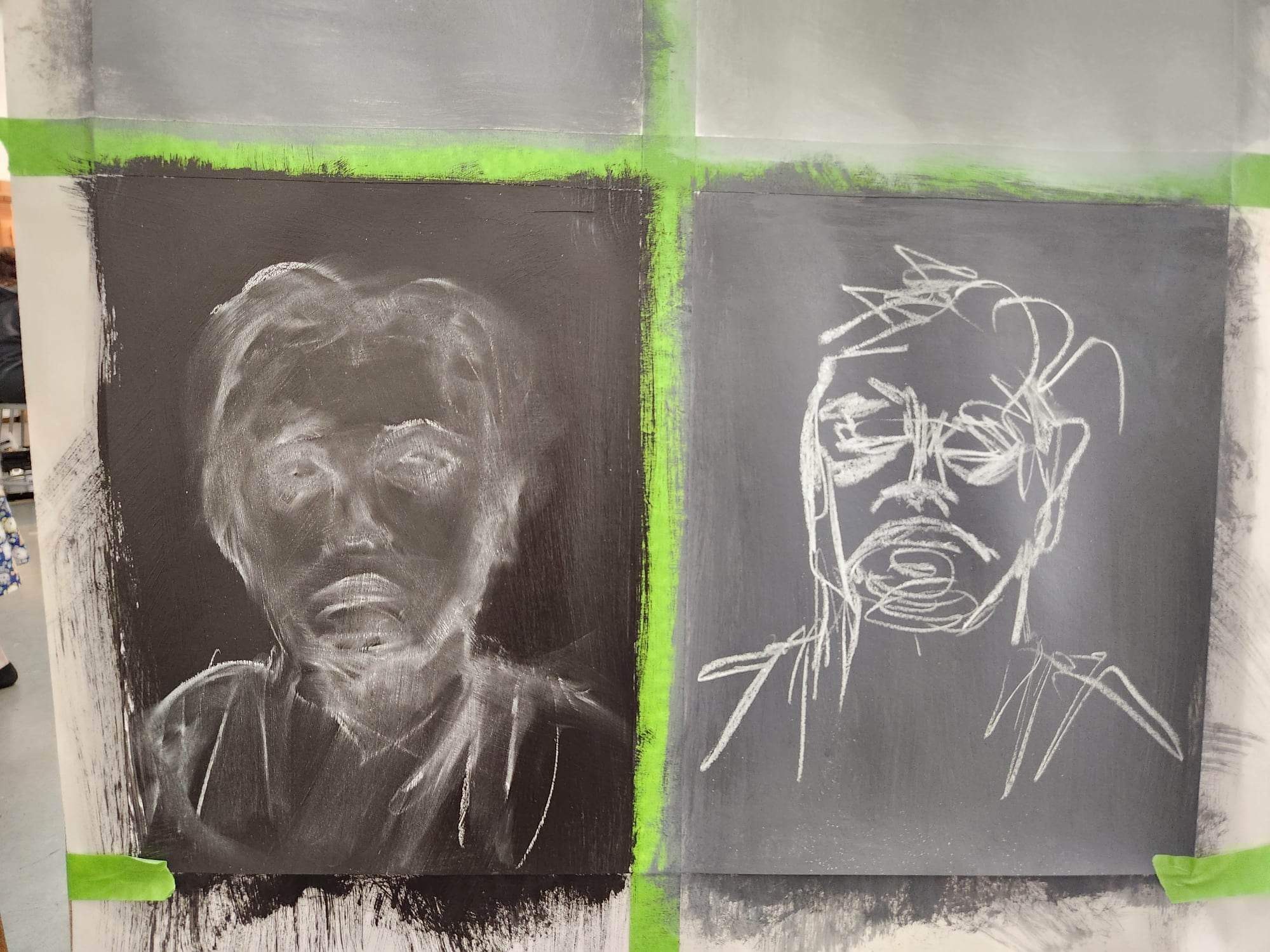
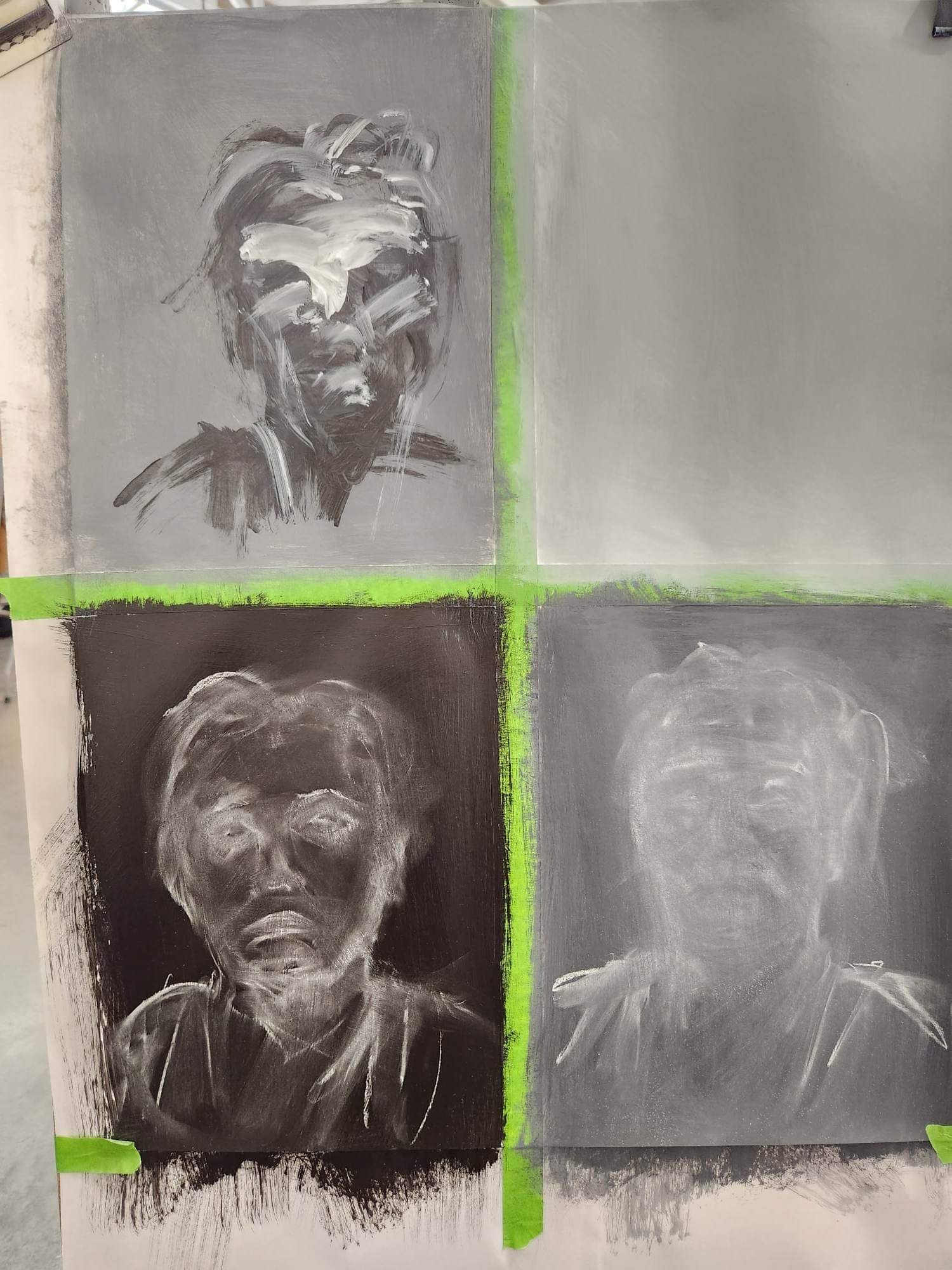
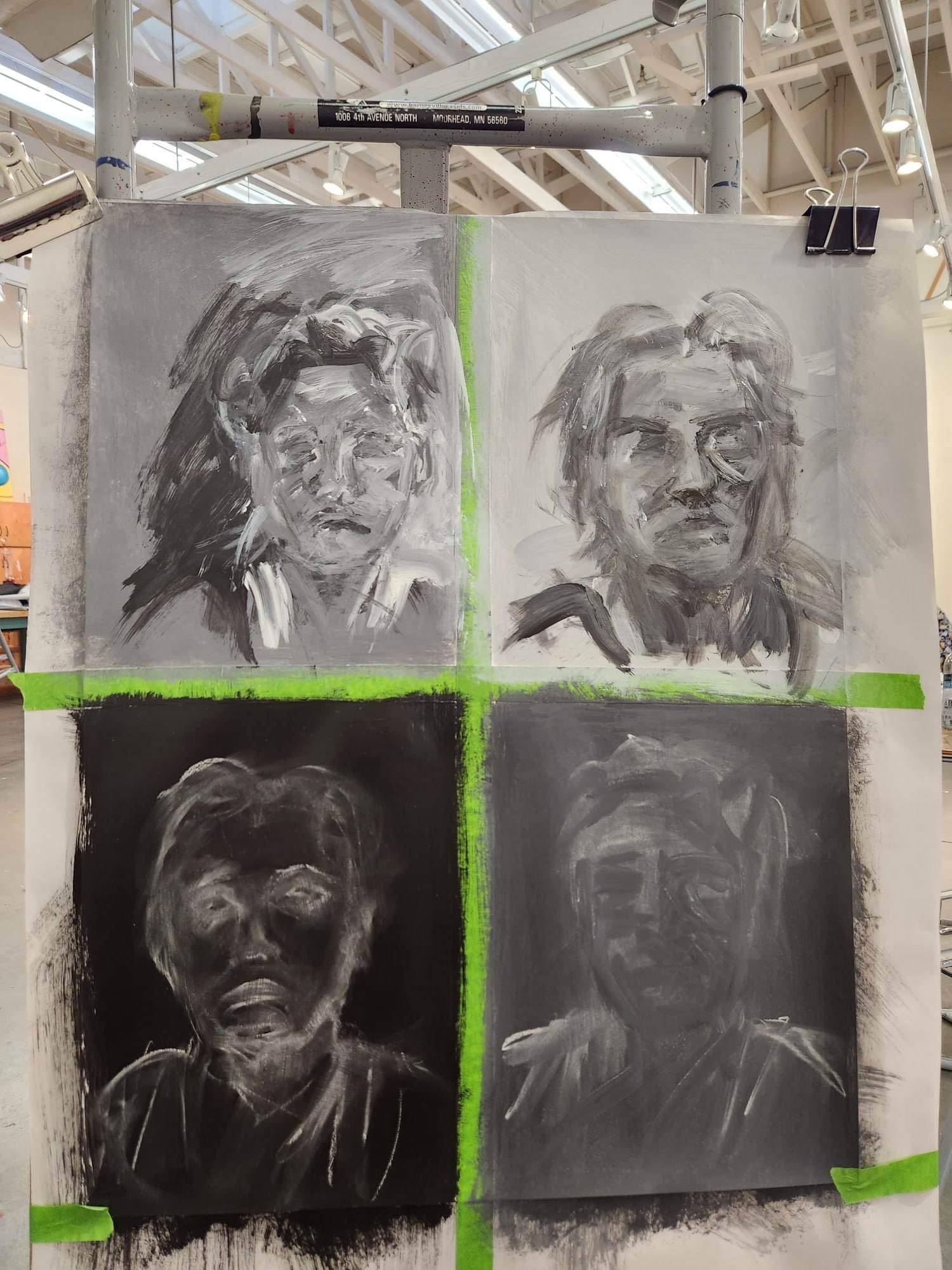
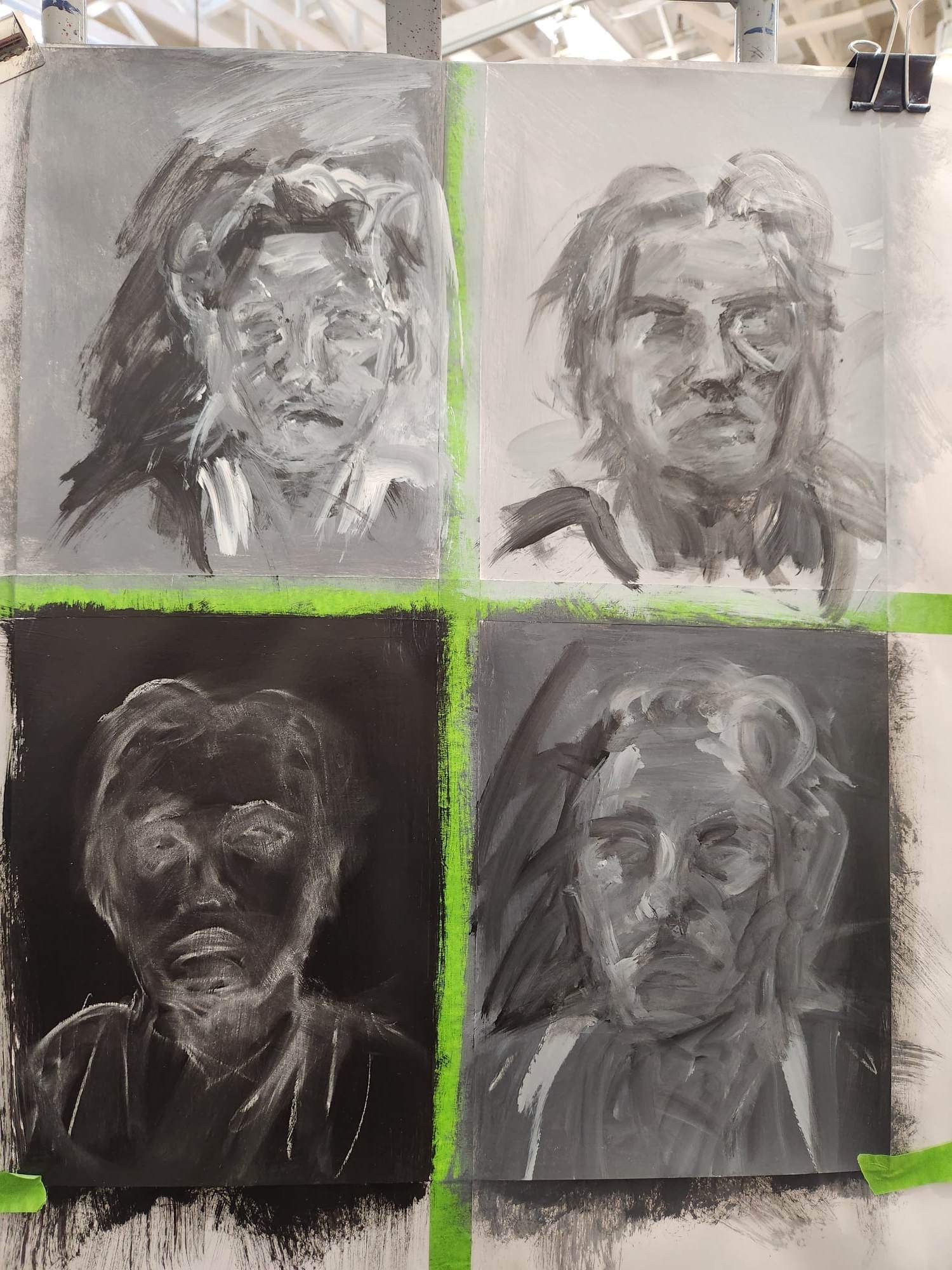
Self portrait process documentation
Process notes\ design plan
- Lighting- natural light , try to get shadows, saturation , light sources with highlights
- Definition and separation of individual blocks for most definition
- background colour- grey wash
- Materials – Blue face mask , Tampon , non dominant hand
- Removing muscle memory from using non dominant hand allows less overthinking and more automatism

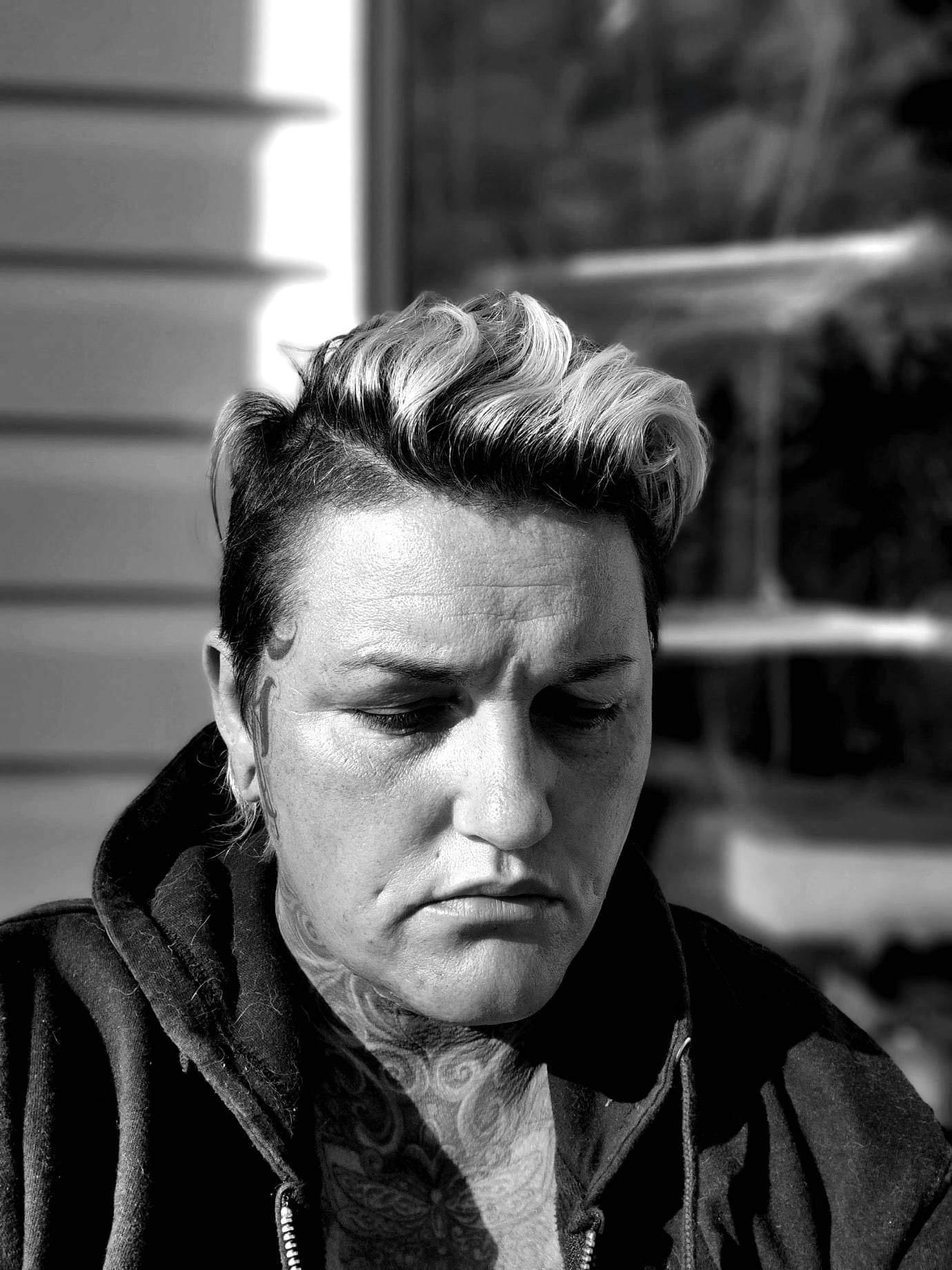
SELF PORTRAIT PROCESS AND FINAL PAINTING



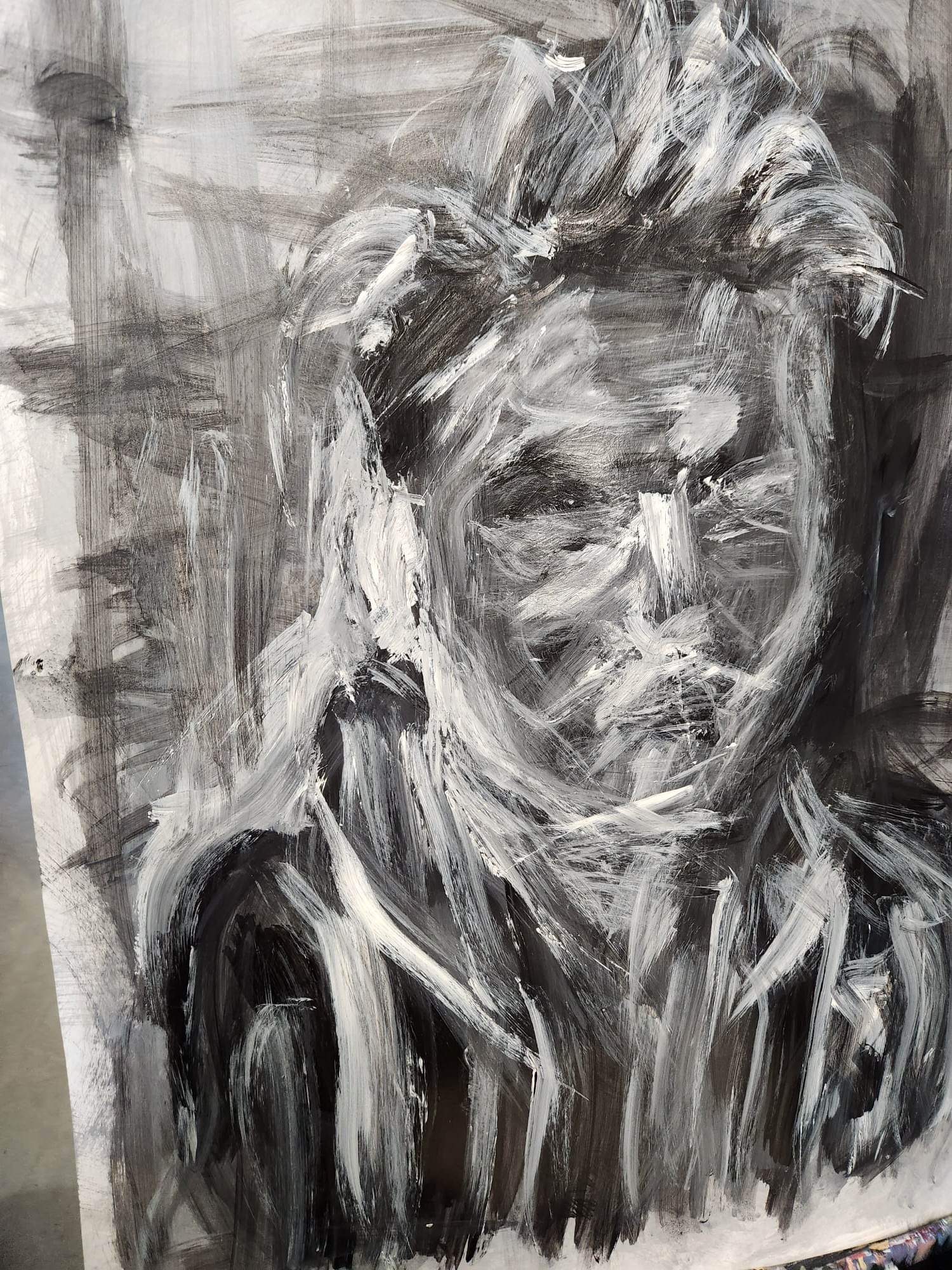
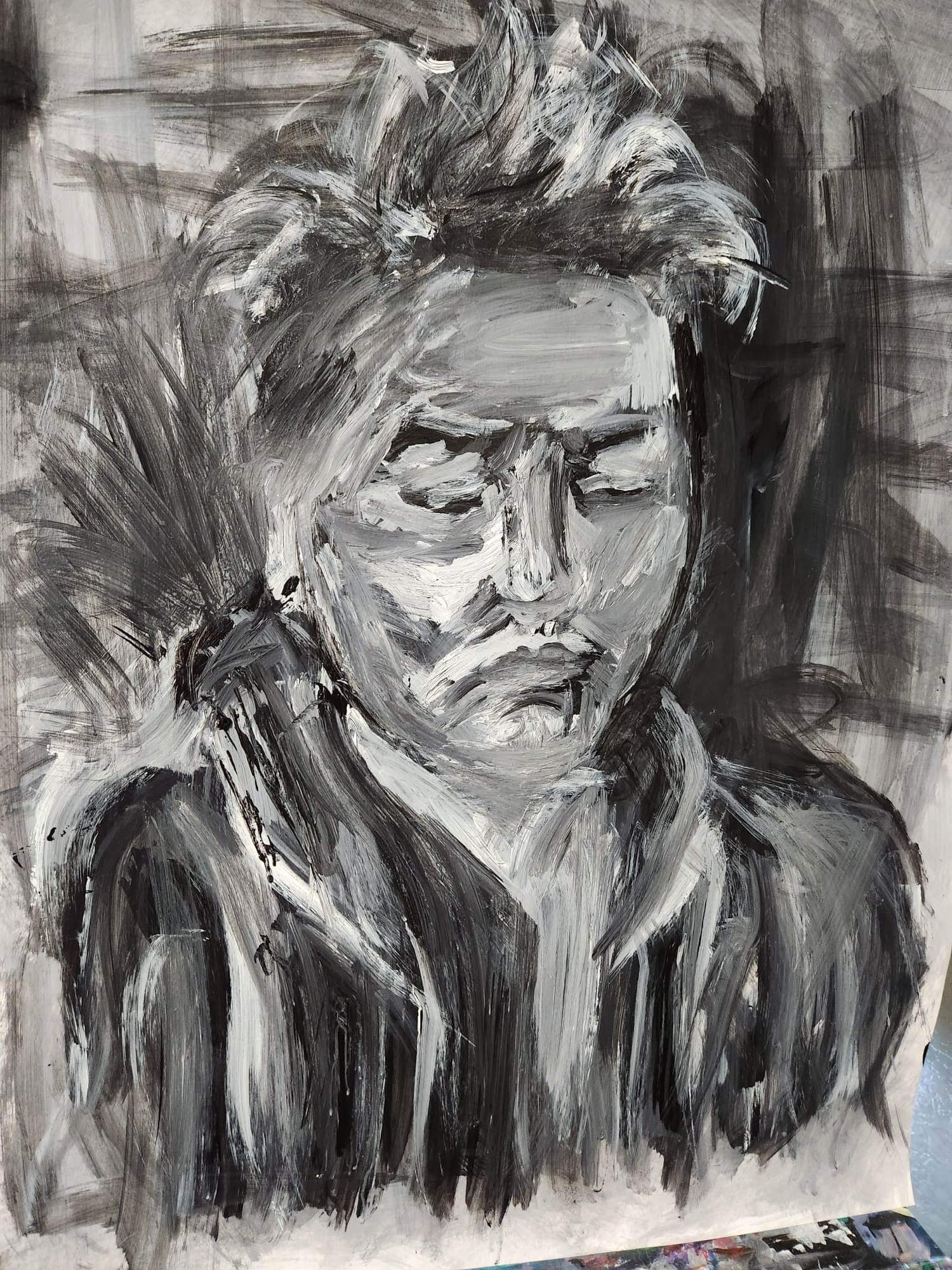
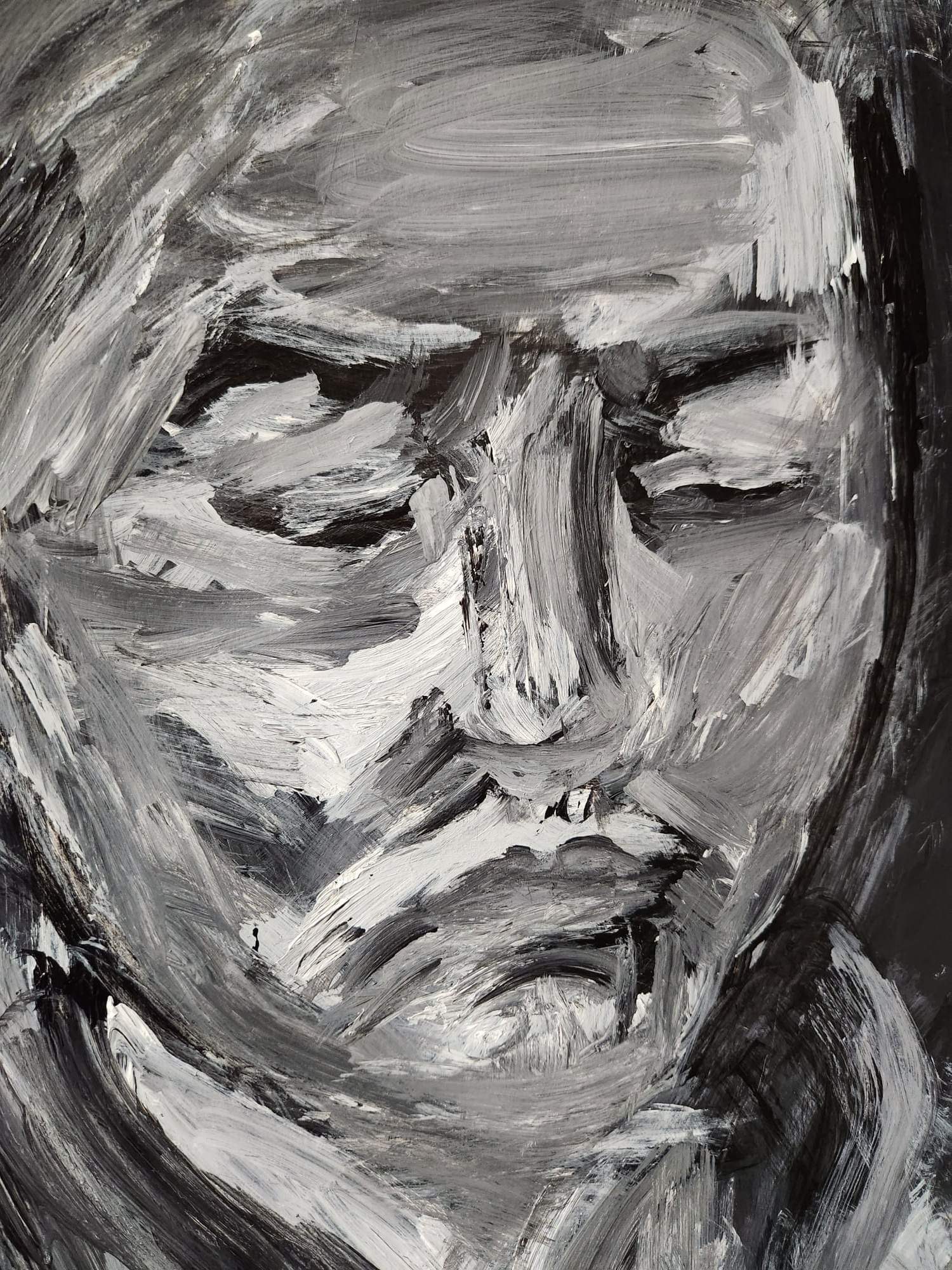
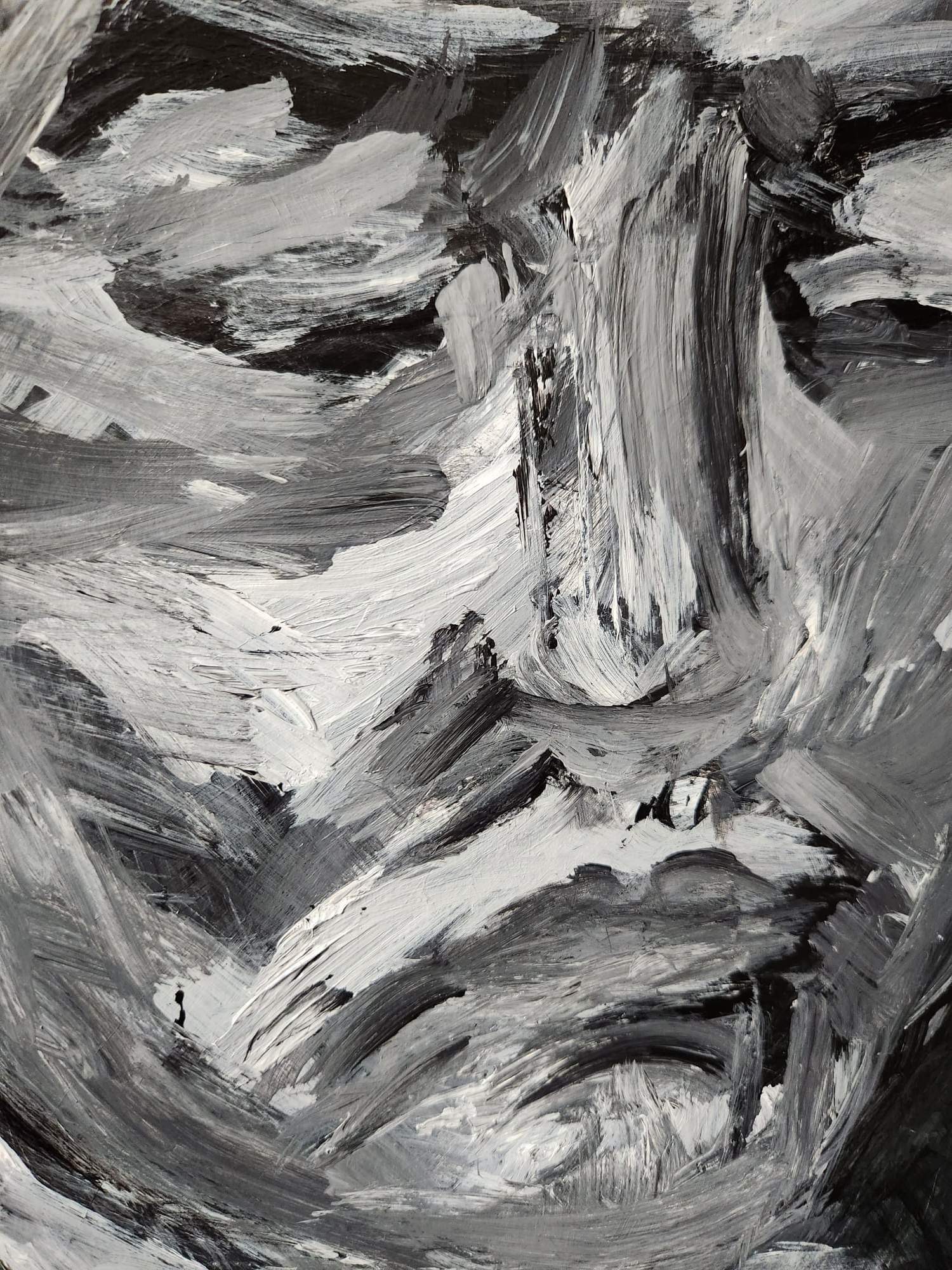


Further Artist Research
Artist – Joshua Miels
Born in 1982, Australian Artist Joshua Miels uses multiple layers of paint applied with a palette knife . He states that he ”looks to capture the vulnerability of people and the emotions that people try to hide from each other ” His process involves breaking photos of subjects down into shapes using computer software.
Using this as his base, Miels then builds up details on canvas with layers of thick oil paint using a range of Palette knives. Miels delves into the realm of mens mental health and hopes that his paintings will raise awareness by encouraging viewers to “look, reflect, and think about someone who might be struggling.”
Miel sometimes projects his own emotions onto his canvases in an abstract form. “I like to feel the struggle when I paint,” he reveals, and sometimes—on “bad days”—deliberately damages a piece to “give it some life.
I really connect with his style of painting, the concept of seeing past the outer shell resonates with me and connects to Le Brocquys thoughts and ideals. Maybe the Celts got it wrong , maybe the magic box is more of a pandoras box, or like the box from hellraiser , where all our trauma – ancestral and our own resides.
Powerful Palette Knife Paintings Capture Vulnerability of Men with Mental Health Issues
